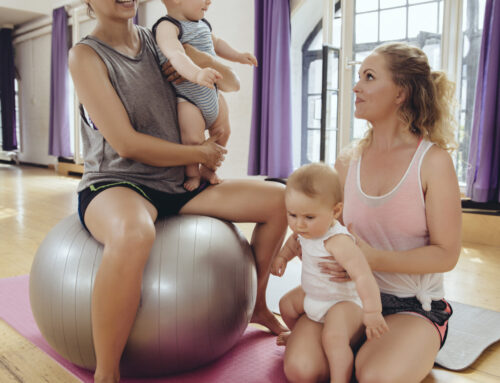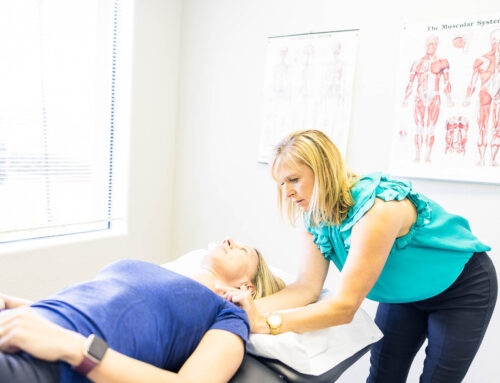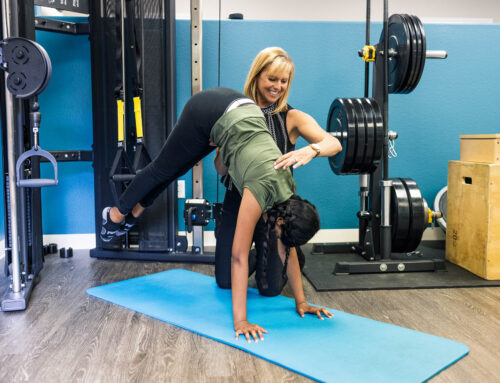I want to keep emphasizing the importance of recovery in the “Big Picture of Your Health”. Most New Year’s resolutions include getting healthy. If you are one of the 8% of people that have stuck to your New Year’s Resolution CONGRATULATIONS!
Let’s continue together to keep on reaching your goals this year and for many years to come! Over training can lead to severe and often long-lasting injuries and it truly sucks to have to stop something that you enjoy. The signs and symptoms of “Too Much-Too Fast” are subtle and easily ignored until it’s too late resulting in syndromes and diseases degrading your health from weeks to months… which is exactly opposite of your intention.
“The Holy Grail of any training program is to improve performance and achieve goals”. Dr. Nicky Keay
I started this conversation in my last article, “Too Much of a Good Thing” that is available to read at https://www.battlebornhealth.com/too-much-of-a-good-thing.
RED-s and the Female Athlete Triad has been written about often in Sports Medicine, yet most people I know have never heard of these syndromes or how it may affect them. In my last article I mentioned how important appropriate recovery is for reaching optimal health and training goals. Too often, I see people get so caught up in the intensity of training, the thrill of competition, and the social pressure push to train every day, and for each day’s work to exceed the one before it. That is just not realistic for a healthy lifestyle. The magic happens during recovery, after the grind.
The Female Athlete Triad is a screening for women and girls in sport. The screening identifies women (with a big focus on teens in sport) who’s training is damaging their health. It is concerned with osteoporosis, amenorrhea, and eating disorders.
Relative Energy Deficiency in Sport (RED-S), is a syndrome named by the IOC (International Olympic Committee) as a screening for athletes in 2014. This new categorization expands significantly on the 1992 Female Athlete Triad which only included females with eating disorders, amenorrhea, and osteoporosis.
Amenorrhea, (menstruation disorder), which may seem convenient for athletes, is actually a sign of poor health. It is associated with poor bone health, hormone disorders and fertility issues. For teens it paints a bigger picture of development which will affect them throughout adulthood.
Thinking about our teen daughter’ fertility is something we tend not to consider for the long run. When you look at your 16 year old athletic daughter with vertebral fractures, reoccurring tendonitis in her knee, or shin splints that sideline her from her sport the last thing on our minds is “Wow! We need to adjust her training, or she may not be able to conceive!”. I am the mom of two teen girls and right now the very last thing I want to think about is their fertility. But just as I couldn’t have imagined when my oldest was 2 that I would be going to the DMV today to get her drivers permit, the time has come. As a woman who struggled to get pregnant in my early thirties, I don’t want my girls to have the same difficulties. If there is a problem with fertility there usually are other system problems as well, and while the signs are insidious, you can identify them and move to do something about it. For adult women who are trying to conceive, women with mood and energy issues, this is you too!
Relative Energy Deficiency occurs when the amount of energy (calories/nutrients) is less than what is needed for the activity being done on a regular basis. This lack or deficiency leads to a breakdown in the system.
RED-S currently includes many more factors and systems than the Female triad. For example, the Female Triad did not include men and was limited in what body systems played an impact. In addition the Female Triad was always associated with diagnosed eating disorders.
This is where female athlete triad fits in to RED-s

I see this in women who don’t consider themselves as an “athlete” even though they consistently work out so they are not aware RED-s or the Female Triad exists or that they would even be included. Point in case: Consider a new mom, or a working mom of 3. She’s been consistent in her exercise program and is seeing results she loves. The wanted weight loss, the complements that follow, workout buddies to have a healthy and fun competition with. She is eating less, drinking less wine and exercising hard Monday- Friday. But she also may not be sleeping as much- getting up early to exercise and not going to bed earlier, running around a little more on the weekends with errands and weekly prep ( not resting). Maybe she starts to notice period irregularities, exhaustion even after a full nights sleep, needing more coffee, wired at night, and not realizing that these are signs of a bigger issue in health.
Another situation that I want to educate everyone about is a teen who has changed her diet to cut weight for her sport, (very common in cheer, gymnastics and swimming), and increased her training. She hears that “real” athletes lose their period, stress fractures or shin splints occur, and that mood changes, fatigue, gut issues (bloating, gas,) increased colds and sinus infections may all be “normal” for this “real” athlete but she nor her parents have any idea that these signs are all negatively related to her health, growth and future performance.
Frequently overtraining and calorie restriction go hand-in-hand. The immediate consequences of low energy availability include decreased muscle glycogen stores, fatigue, dehydration, loss of concentration and motivation, depression, electrolyte imbalances, moods swings, poor sleep, increased risk of infections and illnesses (especially colds and other upper respiratory illnesses), and sub-par workouts and performances.
Highlighting how severe these issues are from a statistical point of view, up to 69% of female athletes show symptoms of secondary amenorrhea, in comparison to 2-5% in the general public [3,4]. Additionally, as many as 70% of female athletes competing in sports requiring weight classes and 27% of female athletes show signs of disordered eating regardless of sporting event [5].
The underlying issue is doing too much, eating too little nutrients, and not changing up the exercise routine. This situation is magnified in the case of athletes (and if you are now in the gym 5 days+/week you are an athlete) often a mismatch of energy intake and expenditure and any attempt at increase in training load will not produce the desired changes in body composition or improvement in performance. When this drop-in performance or recurrent injury is due to RED-S, then tackling the fundamental cause is the only long term solution for both health and sport performance.
I have quoted my mentor Dr. Dan Kalish DC many, many times before, “Losing weight to get healthy” is backwards! We need to get healthy then we will lose the weight.” Over-training is just as bad as under-training and not eating to support the increased training only exacerbates the situation.
RED-s symptoms are things we look for in our athletes. If you have kids in a sport please watch out for symptoms. If you are new in the gym or if you have ramped up your training please look out for these seemingly unrelated symptoms of fatigue, increased weight gain or bloat, digestive issues,( gas, constipation, diarrhea), mood disorders ( depression anxiety) , reoccurring sprains and strains, stress fractures, shin splints, nagging injury that just doesn’t really heal on its own.
I applaud you for getting out there. In setting goals and challenging your body is awesome. But don’t let the ego get the best of you. Finding the balance of push and recover is how we get stronger. When you know where the breaking point is and stay shy of it. That is how we push the breaking point farther away, can’t push thru it, let the body grow, change, get stronger, then increase the challenge.
It’s a cycle, push recover, push more recover, add in periodization training, add in slow recovery days, continue with HIIT and strength. Change it up and make sure you are eating correctly and getting enough of the right nutrients to support the training. Just like you wouldn’t decide to drive from San Francisco to NY on one tank of gas your body can’t train daily on limited nutrition ( daily serving of 4 oz baked chicken and a head of broccoli even if its roasted with coconut oil just won’t cut it.)

REALTABLE TIPS if you have read this far you maybe thinking now what?
- Find a tribe that safely encourages you but doesn’t push too far. Take care of your body it’s the only one you got. Be kind and it will flourish, it will grow and be all that it can be if you love it and take care of it.
- Sleep 7-8 hours per night it is more important to sleep than work out on 4 hours of sleep
- Food. Real Food- Real Nutrients. Not processed, synthesized powders and shakes. It is not just about the calories, it’s the nutrients that the calories carry.
- Fun. Make exercise fun, make it joyful. Movement with joy is so much more effective for health than body shaming and punishment.
- Excessive training is not an objective number, there are no researched guidelines for YOUR body. Excessive is what your body perceives as too much. What does your body need to do to thrive, how much recovery do you need to be able to push again?
- Remembering what your body needs in terms of nutrition, challenge, and rest. You must be the monitor looking at all aspects of health, not just muscle growth and weight loss.





